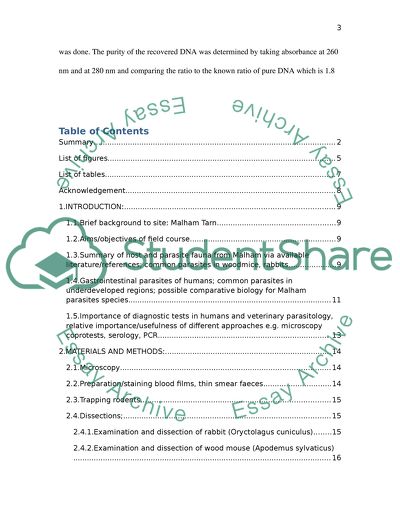Cite this document
(“Malham Field Lab Report Example | Topics and Well Written Essays - 9500 words”, n.d.)
Retrieved from https://studentshare.org/biology/1396538-malham-field-course-report
Retrieved from https://studentshare.org/biology/1396538-malham-field-course-report
(Malham Field Lab Report Example | Topics and Well Written Essays - 9500 Words)
https://studentshare.org/biology/1396538-malham-field-course-report.
https://studentshare.org/biology/1396538-malham-field-course-report.
“Malham Field Lab Report Example | Topics and Well Written Essays - 9500 Words”, n.d. https://studentshare.org/biology/1396538-malham-field-course-report.


